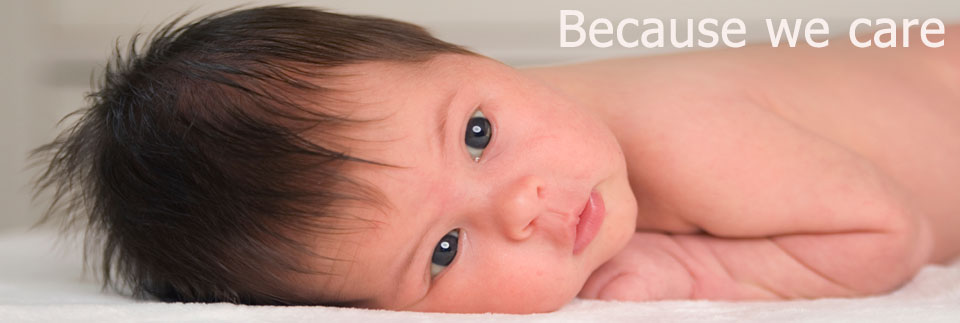Erb's Palsy :: Birth Injury, Cerebral Palsy, Brain Damage, Erb's Palsy and Eminent Domain Law Practice in Puerto Rico.
Ninety percent of all Erb’s palsy injury cases in children are the result of child birth complications, particularly shoulder dystocia. Shoulder dystocia is a birth complication that occurs when a child’s shoulders get impacted on a mother’s pelvic bones. An Erb’s palsy injury affects approximately one to two babies for every one thousand births. There are several factors that can increase the risk for an Erb’s palsy injury during child birth. In many cases an Erb’s palsy injury is a preventable condition.
An Erb’s palsy injury involves damage to the nerves of the brachial plexus. The brachial plexus is a bundle of nerves extending bilaterally from the shoulders to the upper extremities. When a person suffers an Erb’s palsy injury they can experience the following symptoms:
- Limpness
- Paralysis
- Loss of muscle control
- Decreased sensation in the affected parts of the upper extremities
Erb’s palsy injury surgery is most effective when performed between four and twelve months. After one year, surgery for an Erb’s palsy injury tends to be less effective. Surgery is performed by a pediatric neurosurgeon using a variety of special medical equipment. Depending on the nature of the Erb’s palsy injury, multiple procedures may need to be performed. Surgery to improve an Erb’s palsy injury very rarely results in a worsening of a patient’s condition.
Other medical treatments can also restore function and feeling in an Erb’s palsy injury patient. Physiotherapy, occupational therapy, and hydrotherapy are particularly useful in improving range of motion, strength, and functionality in affected muscles. By age two, an Erb’s palsy injury victim does not generally experience any drastic improvement to his or her condition. Long term impairment from an Erb’s palsy injury may require special adaptive equipment and lifestyle modifications.
In many cases, an Erb’s palsy injury can be prevented. To learn more about your rights and options in an Erb’s palsy injury case, you may wish to speak with a qualified attorney.
Approximately one in every 1,000 to 2,000 babies is afflicted with Erb's palsy – a condition in which damage to the brachial plexus (a network of nerves affecting the fingers, hands, and arms) causes a child to lose sensation and mobility in one or both of the upper limbs. Some babies who develop Erb's palsy are able to recover. However, there are instances in which the condition results in permanent damage.
The primary cause of Erb's palsy is trauma during birth. Sadly, this trauma is sometimes attributable to medical negligence. If your child has Erb's Palsy, and you feel it may have resulted from medical malpractice, you may be eligible to recover compensation for your losses. Please contact us today to speak with an experienced medical malpractice attorney.
Erb's Palsy: Risks
Erb's palsy typically arises in children who have suffered a traumatic or difficult delivery. Some conditions that put a child at a higher risk of developing Erb's palsy include:
- Large baby
- Prolonged labor
- Breech birth (head-last delivery)
- Use of labor-inducing medications
- Delivery by forceps or vacuum
Proper medical care is especially crucial under these circumstances. When a baby gets stuck against the mother’s pelvis during delivery or is pulled out of the birth canal using extreme force, the brachial plexus nerves could stretch, tear, or suffer other damage that can lead to Erb's palsy.
The Effects of Erb's Palsy
Erb's palsy can have devastating effects and consequences, including:
- Decreased or eliminated limb sensation
- Decreased or eliminated limb mobility
- Limb asymmetry
- Loss of sensation
- Paralysis
Depending on the severity of the damage, any of these consequences could be permanent.
Erb's Palsy and Medical Malpractice
While not always intentional, medical errors can and sometimes do occur. Victims of medical negligence or malpractice have the right to hold negligent parties accountable. If medical malpractice caused your child’s Erb's palsy, you have the right to seek compensation for the damages you and your baby have suffered. Damages can include past and future medical expenses, pain and suffering, and in cases where permanent or partial disability result, loss of future income. Please contact us for a consultation with an experienced medical malpractice lawyer.




